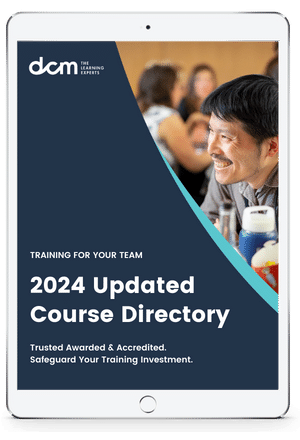Scrum and Scaled Agile Framework (SAFe®️), both function under the Agile values and principles. Though there are very small differences between Scrum and SAFe®, it is very important to have a clear understanding of the same. Scrum is a framework that is based on the values and principles of Agile, whereas SAFe® is a framework that implements Scrum at an enterprise level.
Quick Differences between Scrum and SAFe® :

The major difference between the two depends on the way they choose to handle their work. In simple words, Scrum is basically used to organise small teams, while SAFe®️ is used to organise the whole organization. Moreover, Scrum tends to miss many important aspects that SAFe®️ manages to contain.
While Scrum is an Agile way to manage software development, SAFe®️ is an enterprise-level establishment method.
Scrum sounds simple in concepts but is hard to execute from the core.
Scrum:
Scrum is an iterative method of product development that breaks down a project into small segments, which are then completed by small cross-functional teams within a defined period of time. It focuses on a regular rhythm of delivery and relies on cross-functional teams, some specific supporting roles and a set of ceremonies to complete the delivery of the project.
To plan, organize, administer, and optimize a process, Scrum heavily depends on three roles:

- Product Owner: He is responsible to plan, organize, and make communicating with the company.
- Scrum Master: It is the responsibility of a Scrum Master to look after the job during the sprints.
- Scrum Team: The main objective of the Scrum Team is the execution of the prescribed job for each sprint.
SAFe®️:
It stands for ‘Scalable Agile Framework’. It is an approach that consumes the whole enterprise and not just a team. SAFe®️ scales Scrum to make it work for bigger enterprises and has bigger teams working on the same product than what Scrum recommends. SAFe®️ has described three levels in an organisation, viz Portfolio, Program, and Team. This structure is widely accepted in large organizations as it has a tiered approach for delivery of its work. Unlike Scrum, it focuses on retrospect and releases planning as well, so that improvements can be made.
The three important parts of SAFe® are:
- Lean Product Development
- Agile Software Development
- System Thinking
To summarize, Agile is a mindset, a way of working; Scrum is a framework based on Agile values and principles, while SAFe®️ is a scaling framework that implements Scrum at an enterprise level.
Conclusion:
The major difference between Scrum and SAFe®️ agile methods lie in the way they take into practice. SAFe®️ has been developed in such a manner that it fills the gap that Scrum had left behind. SAFe®️ focuses on release planning and retrospect for improvement, which Scrum lacks.
PSM Scrum Master Reviews: Stories from Our Customers
Over the past 2 years, almost 3,000 learners (2,819 to be exact) have come to DCM to learn more about scrum and get certified. Read (and watch) their reviews to see how our courses have helped them achieve their career goals.
Inhouse Tailored Training for Your Team
We provide training programs that are developed by industry, for industry. Our range of programs can be delivered in a way that suits the needs of your business to offer your employees learning that is accessible and flexible.
We add value to your business by providing specialised, flexible and scalable training that meets your training needs. As your workforce grows and evolves, our globally certified and industry-validated learning solutions can assess, train and qualify your employees. For more information on how we can help please visit the in-house training page.
Membership, Stay Connected. Stay Relevant.
Completing a program is a point-in-time exercise that delivers huge value, but there is a next step to maintaining the currency of your skills in the ever-evolving professional world.
Membership is the next step.
A unique platform, membership is designed to ensure that you are in tune and up-to-date with the latest tools, trends and developments. Being a member provides just-in-time training and continuous professional development, and an exclusive and evolving content library informed by subject matter experts and industry leaders.







